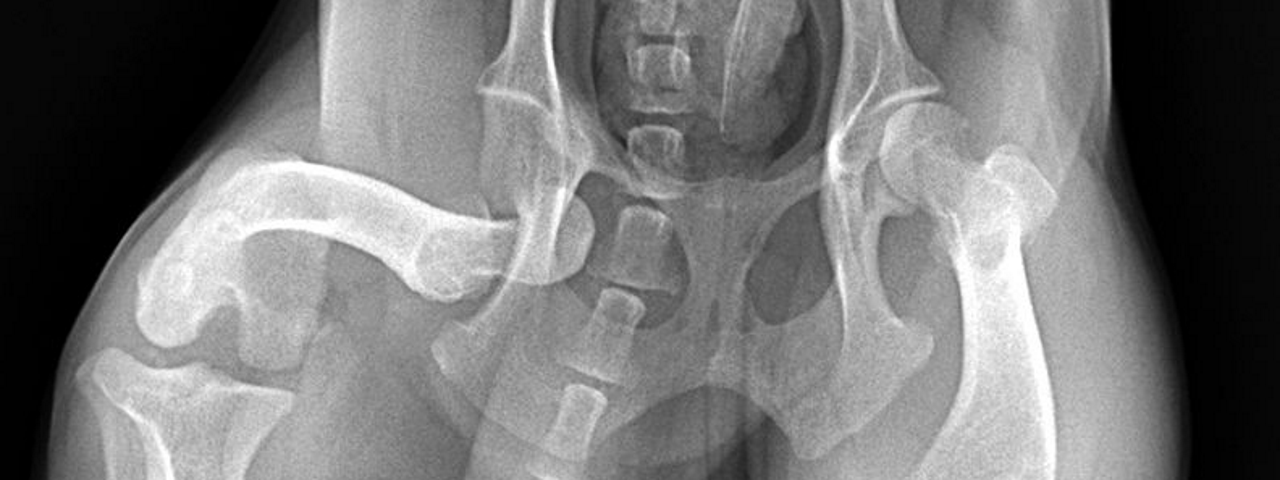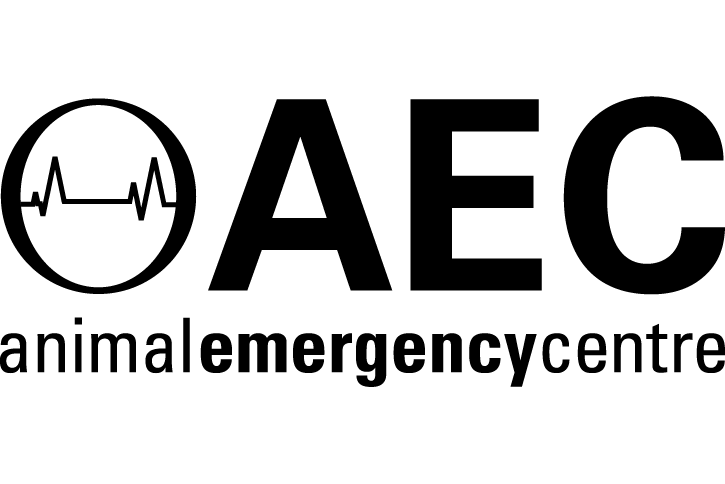Can dogs walk with a dislocated hip?
Dogs may be able to walk with a dislocated hip, but their movement will be impaired with a severe, toe-touching lameness for which veterinary treatment is recommended.
Can a dog’s leg pop out of its socket?
A dog’s hip can luxate, meaning that the head of the femur (thigh bone) can pop out from the acetabulum (the socket of the hip bone that fits the tip of the femur).
What is the most common type of hip luxation in the canine patient?
The most common type of hip luxation in dogs is cranio-dorsal, meaning that the displacement of the head of the femur occurs along the back, towards the head.
What is subluxation of the hip in dogs?
Instead of luxation, where the joint has fully dislocated, it is possible for dogs to be afflicted with subluxation, in which the joint does not sit well within the socket. Subluxation is typically caused by hip dysplasia, and can range in severity from mild to severe.
How does a vet fix a dog’s dislocated hip?
Repair of a luxated hip is often attempted with an initial closed reduction. This involves manually manipulating the pelvic limb under general anaesthesia to reduce the femoral head (ball) into the acetabulum (socket). Closed reduction in this way results in a successful outcome in about 50% of cases.
If closed reduction is unsuccessful then open surgical reduction and some form of fixation is required. There are numerous options for surgical fixation including a toggle pin repair, reconstruction of the joint capsule, placement of an iliofemoral suture and repositioning of the deep gluteal tendon.
How much is hip surgery for a dog?
Costs for hip surgery can vary dramatically depending on the type of surgery that is performed and the surgeon that is performing the procedure. For a relatively minor surgery such as a femoral head and neck excision performed by a general practitioner, the cost would be approximately $1500, whereas a specialist performing a total hip replacement would likely cost around $10,000. Note that this varies with geographic location and experience of the surgeon.
Can a dog’s dislocated hip heal on its own?
It is very unlikely that a hip will return to its normal location without veterinary intervention. A permanently luxated hip will often result in significant abnormalities in limb function, highlighting the importance in seeking veterinary aid as soon as possible.
How can I reduce my dog’s hip luxation?
Because hip luxation is a debilitating condition, it is not recommended to try to reduce the luxated hip at home. Once pain relief has been administered, it is important to obtain x-rays in order to determine the direction of the luxation and then use general anaesthesia to allow the muscles to relax sufficiently to allow the hip to be reduced.
What is the difference between hip luxation and hip dysplasia?
Hip luxation specifically refers to the dislocation of the hip, meaning that the hip has removed itself from the socket and can result from some kind of trauma. However, hip dysplasia is a genetic condition in which the hip socket doesn’t fully cover the ball portion of the upper thigh bone. Dogs that have hip dysplasia are more susceptible to hip luxation.
What are the symptoms of hip dysplasia in dogs?
Hip dysplasia involves the ball at the end of the femur not fitting properly into the hip socket. This leads to degradation of the joint’s ligaments as the joint gets looser and looser over time. As a result, the symptoms of hip dysplasia in dogs tend to include:
- an inability to complete general activities such as climbing stairs, rising from a lying position or vice versa etc.
- a decrease in thigh muscle mass that leads to a compensatory increase in shoulder muscles.
- stiffness in the hind legs.
How long can a dog live with hip dysplasia?
Hip dysplasia ultimately leads to osteoarthritis in dogs. However, because the symptoms of hip dysplasia vary in severity between dogs, it is possible for some dogs to be able to live with hip dysplasia and subsequently manage osteoarthritis without requiring surgical intervention.
Can old dogs get hip dysplasia?
Older dogs do not typically develop hip dysplasia. However, older dogs can develop osteoarthritis from previously undiagnosed hip dysplasia from when it was younger. This is because the symptoms of hip dysplasia can be difficult to detect in younger patients due to their mild symptoms.
How can I treat my dog’s hip dysplasia at home?
Hip dysplasia treatment is really centred around the treatment of the subsequent osteoarthritis. In order to be effective, treatment at home must include the following:
- a weight loss regime to keep your dog in a lean body condition.
- exercise modification to avoid high impact activities and activities that flare up or make the lameness worse.
- injections of pentosan, cartrophen or xidax; as these injections are disease modifying agents that aim to slow the progression of osteoarthritis.
- an EPA rich diet with omega 3 fatty acids that help to reduce the severity of the inflammation seen in patients with osteoarthritis. There are multiple options and supplements that contain these fatty acids including antinol and 4 cyte
.png)









